Sending a mission to return to Uranus and Neptune is of great importance to planetary science, and I'm going to tell you why.
During the 1980s, the Voyager 2 spacecraft transformed our view of the ice giants Uranus and Neptune from mere wandering points of light to complex and beautiful planetary systems.
The Voyager data remains a treasure trove of information on the planets’ interiors, atmospheres and diverse satellites.
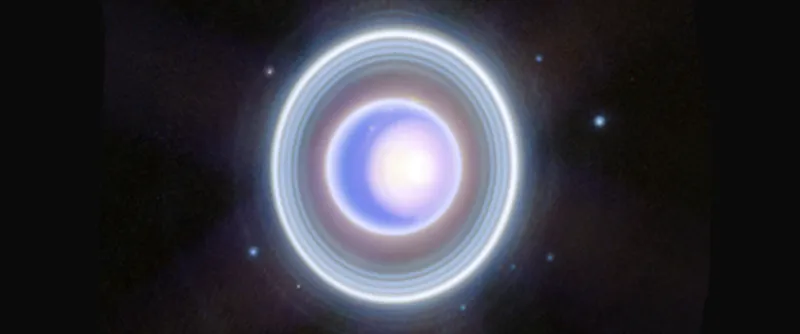
But with only a single encounter recorded for each planet, we haven’t even scratched the surface of these worlds.
Out there on the ‘frozen frontier’, discoveries await the next robotic explorers.
This leads many to ask why we haven't sent any more spacecraft or orbiters to visit Uranus and Neptune.
Today, the international community is lobbying space agencies to mount a mission to these ice giants, the only major class of planet yet to have a dedicated orbital explorer.
The scale of the challenge is matched by the scientific importance of these two worlds.
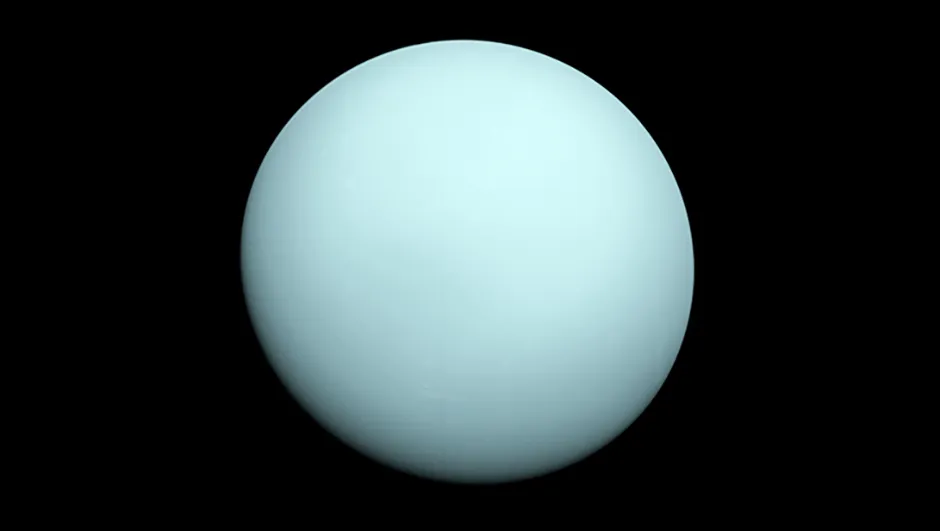
Why explore Uranus and Neptune?
As we gaze out to exoplanets, we’ve realised that worlds of a similar size to our ice giants are commonplace.
By contrast, the larger gas giants like Jupiter and Saturn seem rare. And yet we still struggle to understand how Uranus and Neptune formed.
Giant planet formation is essentially a race between accretion of gas onto an embryonic rock-ice core, and the dissipation of that gas.
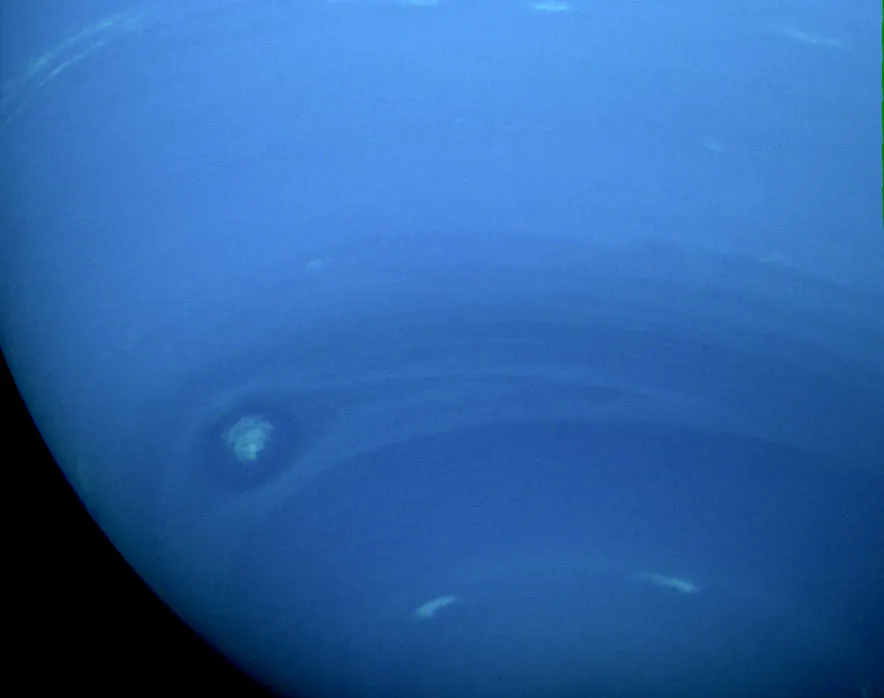
To achieve worlds similar in size to Uranus and Neptune requires fine-tuning of this relationship and we need to know much more:
- How much ice and rock is present in these ice giants?
- How is material distributed?
- How have these worlds been cooling since their formation?
To understand their evolution, we need a mission capable of measuring gravitational and magnetic fields, directly sampling the planetary composition, and studying the atmospheres and magnetospheres.
The ice giants are the missing link, the piece of the puzzle to help us unlock the mysteries of planet formation.

Uranus presents extreme seasons and magnetic fields, a consequence of the cataclysmic impact that tilted it onto its side, whereas Neptune’s powerful meteorology is driven by heat from within that’s absent (or locked away) on Uranus.
Uranus has a classical system of satellites and delicate rings. Neptune, conversely, possesses an interloper from the Kuiper Belt: the massive moon Triton.
These worlds can’t be effectively studied remotely: we have to visit them with sophisticated new spacecraft in order to reveal terrains that were in total darkness for Voyager 2.
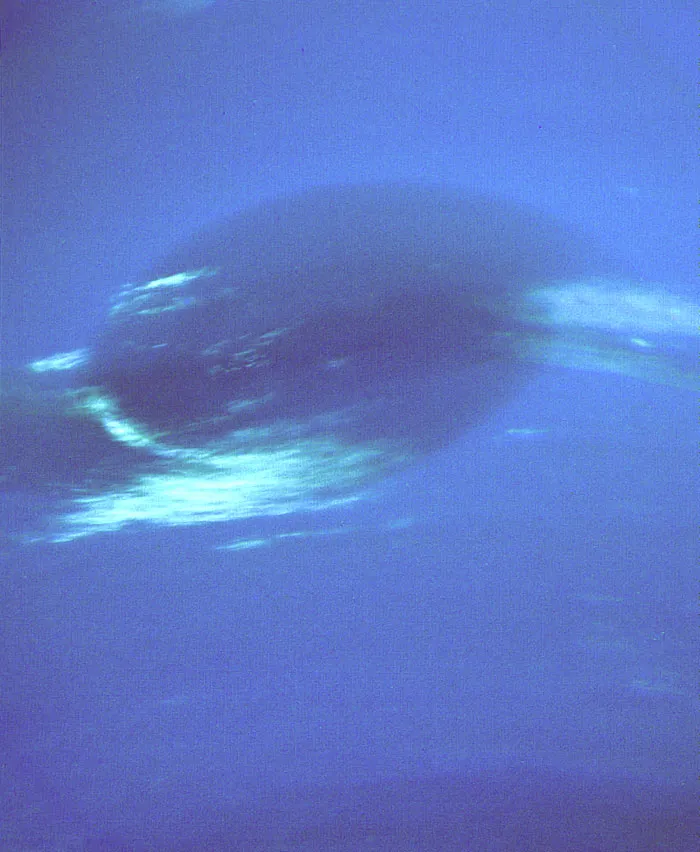
Why didn't we return to Uranus or Neptune?
With such tantalising potential for discoveries, why haven’t we returned to the ice giants since the 1980s?
Reaching 20 or 30 AU requires an international effort and some good timing. With today’s rockets and chemical propulsion, we need to slingshot around Jupiter, to get as much mass as possible into orbit around Uranus or Neptune.
That means Jupiter must be in just the right place, which happens once every 12–13 years. The next window is in the early 2030s.
The discoveries at Uranus and Neptune could be astonishing and they’re out there, waiting for us to return.
Comparing Uranus and Neptune

If you could choose to explore anywhere in the Solar System, where would it be?
It’s a question many space agencies are asking, and considering how much their missions cost it’s a choice that is made very carefully.
There is a clear gap in our knowledge. Uranus and Neptune, the ice giants, to date have only had a flyby by Voyager 2 in the 1980s.
These planets seem to be in a mission dead zone.
The ‘ice giants’ classification is a fairly recent one, describing planets that are around 50 times the size of Earth but have a different composition to the larger gas giants – having perhaps only 20% hydrogen rather than the 90% found in Jupiter and Saturn.
These planets seem to be made of heavier elements – most likely oxygen, carbon, nitrogen and sulphur.
Uranus and Neptune look fairly similar: their light blue or aquamarine colour is caused by by molecules of methane in their atmospheres absorbing red light, and they seem to have a similar origin.
But one reason to visit this icy pair is so we can understand their stark differences.
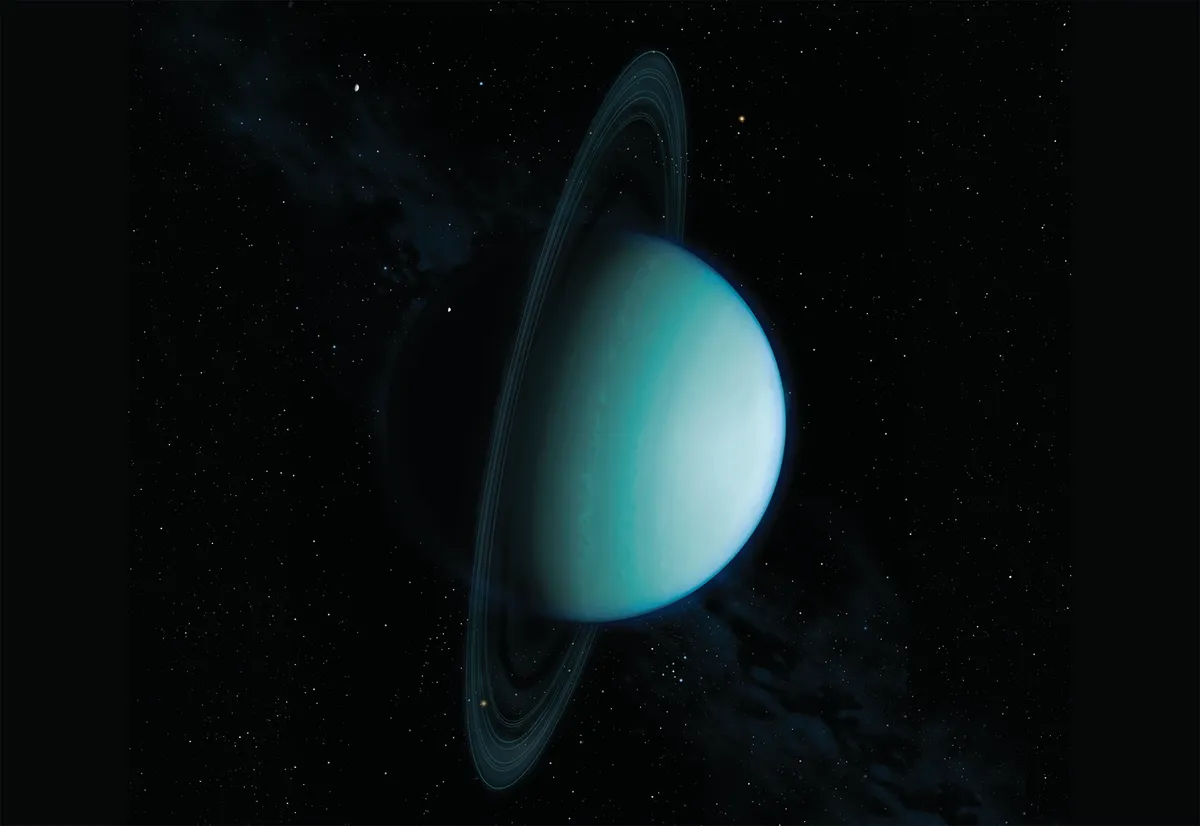
We think Neptune has a very dynamic weather system, whereas Uranus’s has been described as sluggish.
Uranus, meanwhile, has an axis of rotation that’s tilted sideways by nearly 90º, so its north and south poles lie where most other planets have their equators. This is likely to cause freaky seasons.
Neptune’s core, like many planets, emits heat that can be detected at its surface, whereas on Uranus there seems to be little evidence of such emissions.
Neptune’s moon Triton is one of the few in the Solar System that is geologically active, and – unusually – it orbits in the opposite direction to its planet’s rotation.
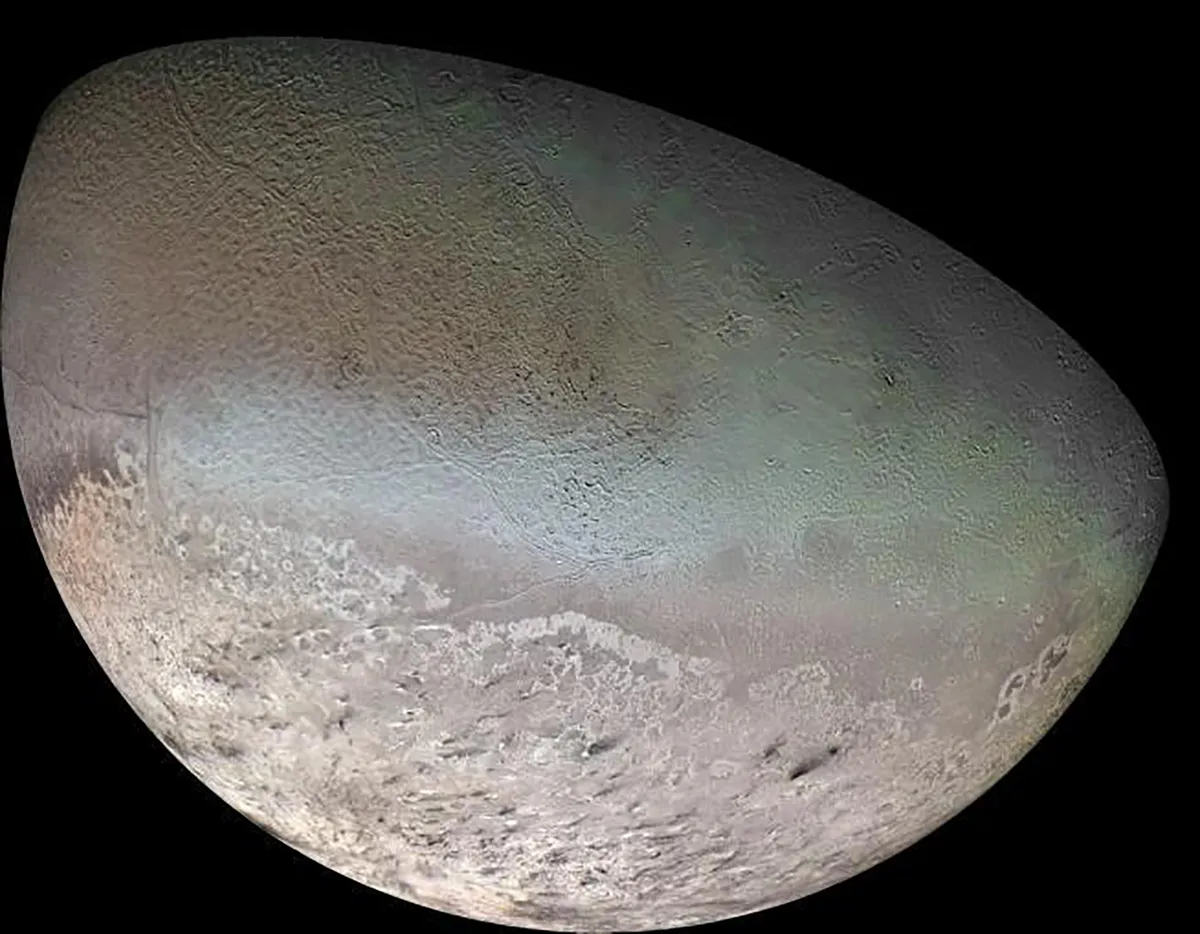
These are all compelling reasons for visiting the ice giants, but for me the most pressing one comes from the data we are getting on worlds much, much further away.
The majority of exoplanets that we have found to date fall into the mini-Neptune (or gas dwarf) category: a few times larger than Earth, but with the sort of chemical composition found in our local ice giants.
As they are so prevalent in the Galaxy, it makes sense to get to know our indigenous examples better so we can understand these ones, much farther away.
This article originally appeared in the November 2021 and the November 2014 issues of BBC Sky at Night Magazine.
